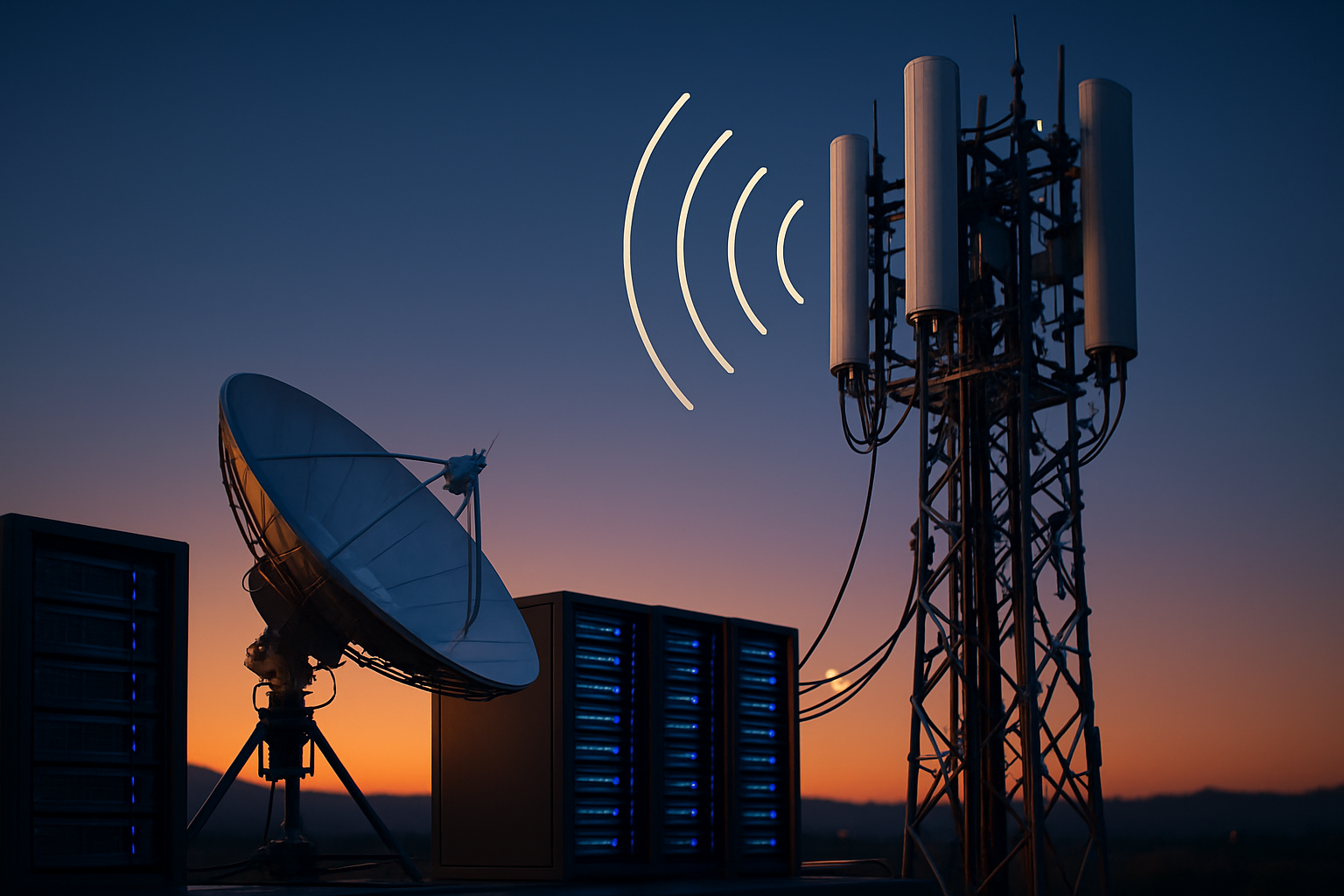Revolutionizing Telecommunications: The Promise of Dynamic Spectrum Sharing
Imagine a world where wireless networks adapt in real-time, seamlessly shifting frequencies to optimize connectivity. This isn't science fiction – it's the emerging reality of dynamic spectrum sharing. As demand for wireless bandwidth skyrockets, this innovative approach to spectrum management is poised to transform how we allocate and utilize our most precious telecommunications resource.

Enter Dynamic Spectrum Sharing
Dynamic Spectrum Sharing (DSS) represents a paradigm shift in how we manage and utilize radio frequencies. At its core, DSS allows multiple users or technologies to access the same spectrum bands dynamically, based on real-time demand and availability. This approach promises to dramatically increase spectrum efficiency, improve network performance, and enable new services and applications.
How DSS Works
DSS relies on advanced sensing and cognitive radio technologies to continuously monitor spectrum usage across different frequency bands. When a primary user (typically the licensed operator) is not using a particular frequency, DSS systems can automatically allocate that spectrum to secondary users on a non-interfering basis. This process happens in milliseconds, ensuring seamless operation for all users.
Key Technologies Enabling DSS
Several cutting-edge technologies are converging to make DSS a reality:
-
Cognitive Radio: Intelligent radios that can sense their environment and adapt their transmission parameters accordingly.
-
Software-Defined Networking (SDN): Flexible network architectures that can be rapidly reconfigured to optimize spectrum usage.
-
Artificial Intelligence and Machine Learning: Advanced algorithms that predict spectrum demand and optimize allocation in real-time.
-
Geolocation Databases: Centralized repositories of spectrum usage information that help coordinate sharing across different users and geographic areas.
Regulatory Landscape and Challenges
While the technology for DSS is rapidly maturing, regulatory frameworks are still catching up. Many countries are exploring new licensing models and spectrum sharing policies to accommodate DSS. The United States, for example, has introduced the Citizens Broadband Radio Service (CBRS), which uses a three-tiered sharing model to dynamically allocate spectrum in the 3.5 GHz band.
However, challenges remain. Incumbent spectrum holders are often reluctant to share their licensed frequencies, citing concerns about interference and quality of service. Additionally, developing fair and efficient sharing mechanisms that balance the needs of different users remains an ongoing area of research and debate.
Potential Applications and Benefits
The implications of widespread DSS adoption are far-reaching:
-
Improved Wireless Capacity: By utilizing spectrum more efficiently, DSS can dramatically increase the overall capacity of wireless networks, supporting more users and data-intensive applications.
-
Rural Connectivity: DSS can make it economically viable to provide broadband access in underserved areas by allowing multiple operators to share infrastructure and spectrum resources.
-
Emergency Communications: During disasters or major events, DSS can dynamically reallocate spectrum to prioritize emergency responders and critical communications.
-
Innovation in Wireless Services: By lowering barriers to spectrum access, DSS can foster innovation and enable new types of wireless services and business models.
-
Environmental Benefits: More efficient spectrum use can lead to reduced power consumption and fewer cell sites, contributing to a greener telecommunications infrastructure.
Looking Ahead: The Future of Spectrum Management
As DSS technologies mature and regulatory frameworks evolve, we can expect to see a fundamental shift in how spectrum is managed and utilized. The traditional model of exclusive, long-term spectrum licenses may give way to more flexible, dynamic approaches that maximize efficiency and promote innovation.
This transition won’t happen overnight. It will require continued technological advancements, regulatory reform, and collaboration between industry stakeholders. However, the potential benefits – from improved connectivity to new economic opportunities – make DSS a compelling solution to the growing spectrum crunch.
Conclusion: A New Era of Wireless Communication
Dynamic Spectrum Sharing represents a fundamental rethinking of how we manage our wireless resources. By embracing this technology, we can unlock the full potential of our spectrum, paving the way for a more connected, efficient, and innovative future. As we stand on the brink of this telecommunications revolution, one thing is clear: the airwaves of tomorrow will be more dynamic, adaptive, and capable than ever before.





